From a promo effort to an international event, tracking Kyoorius Designyatra
Kyoorius Designyatra 2019, India’s foremost annual conference on design and innovation held over a span of three days, concluded with the announcements of the Kyoorius Design Awards 2019.
With over 20 Blue Elephants this year, the Kyoorius Design Awards honoured and celebrated the most outstanding and innovative work in design and visual communication. Apart from these, Kyoorius also awarded upcoming creative stars with the Kyoorius Young Blood Awards that showcase and encourage young professionals to ideate and innovate in creative and design fields.
At the Kyoorius Design Awards, Open Strategy & Design won 4 Blue Elephants for work spanning the 14 disciplines. Ananya Khaitan and Ogilvy won 3 Blue Elephants each, While several designers, studios, agencies and companies took home Blue Elephants including Ather Energy, Itu Chaudhuri Design, Studio Lotus, Kahani, Cracker & Rush, Famous Innovations, Shaze Luxury Retail, Jaipur Rugs, and more.
The Blue Elephant is awarded to work that fulfills all the three judging criteria for the Kyoorius Awards, namely: an original and inspiring idea - well-executed - relevant to its context.
The jury decided not to award any Black Elephant, or Best Of Show this year.
Kyoorius received over 400 entries for Kyoorius Design Awards, out of which 69 were InBook winners. All In-Book winners take home Baby Elephants and are featured in the Kyoorius Awards Annual.
The Red Elephant winners receive a trip to the 2020 London Design Festival. All the winners and the in-book nominees also get an opportunity to have their work published in the Kyoorius Awards Annual.
The Kyoorius Design Awards are brought in association with The One Club of Creativity, organisers of the ADC Awards, with a common aim – to create a truly neutral and transparent platform to reward the best in Indian advertising, media and digital creativity.
This year, Kyoorius announced ‘Switch’, which is the platform for organisations to find talent and existing opportunities for creative professionals. This initiative promises to build a bridge between the finders and the seekers.
Adgully observed the entire jury process for the Kyoorius Design Awards as well as attended the Kyoorius Designyatra that were held in Goa last week. We caught up with Rajesh Kejriwal, Founder CEO, Kyoorius Group, as well as spoke to Timothy Goodman, Designer, Illustrator, Muralist & Author, on the sidelines of the event.
Please take us through the journey of Kyoorius Designyatra.
Designyatra is in its 14th year and if I have to go back to the genesis of Designyatra – I am not a designer, I sell premium paper, and it began as a marketing exercise for the paper division. The idea was how to get a boring paper merchant who is a vendor to the community and not more than that. If one wanted to be friends with that community and influence them to use our paper, then we had to make sure that they profited in their professional life. If they profited from the event, then they loved our company. Designyatra was that exercise.
Designyatra was supposed to go on for a year or two as a promotion. However, we saw the hunger and passion of the designers and how much this event benefitted them. I then decided to set aside marketing promotion and make this a not for profit event and let it roll.
Year on year, Designyatra has brought in an impressive array of speakers. How do you decide on the speakers at the event?
We’ve always had a theme for the conference. Once you have the theme in place, you see which designer fits the theme. We have 24 speakers this year, of which 10-11 speakers fit the theme to a T – be it David Carson, Timothy Goodman or Marzen. When we contact these people, we tell them what we expect of them. Then you marry a bit of diversity across countries, gender, etc., something that most conferences don’t do in India, sadly, which is why you see a fatigue come in eventually. They do not research and curate the speakers. We don’t want the speakers to come here and leave after giving their address. We want them to stay the three whole days and interact with the audience. Till now about 128 jobs have been offered to designers in India from global speakers.
Satya Rajpurohit, who founded Indian Type Foundry, was there at our first conference as a student. Peter Bilak, Founder of Typotheque, was the speaker. They networked, offered him an internship in Netherland for 6 months. They both got along well and started India Type Foundry together here for Indian fonts. There are many stories like these and I believe every conference must create opportunities like this.
I had recently mentioned about the three profit areas that every conference organiser must address – First, how does a speaker profit from being here; second, the delegates must profit from being here; and third, the organiser must profit.
We take the entire year to curate the sessions and speakers. We have already got 5 speakers confirmed for next year, even though the dates are yet to be finalised.
Since this is a student dominated conference, what other ways have delegates benefitted?
You cannot ensure that delegates benefit. You can only provide a platform for them to benefit from. Then it is up to them how much they take away. All in all, this Yatra is a win-win situation for all.
Approach design as a practice not as a profession: Timothy Goodman, Designer, Illustrator, Muralist & Author.
How did you embark on your journey as a designer?
I’m from Cleaveland, Ohio. Coming from a blue-collared background, I learned about the importance of work ethic early on. I worked for several years after high school, which really taught me what hard work and discipline meant. I was 23 years old when I joined the Art and Design school. It was like a job to me as I had to pay for my college education. But I was really determined to try and make it and figure out my voice. After graduation, I started working as a book jacket designer for one year, branding for a couple of years after that and later in Apple for a year. In the first four years of my career, I was part of the workforce, but during that time I was also doing all this extra stuff at nights and on weekends, figuring out what I wanted to say creatively and how to express myself – writing, drawing and all kinds of different things.
Through that I started to develop a voice and style and doing all this work on the side. I was doing freelance work that I really wanted to do. Soon I could quit my day job and made enough money to pay rent doing the things I really wanted to do. I have been working for myself for seven years. Creativity never stops, no matter where you are. You are never too good to do what you are doing. I’m interested in the process and the entire journey.
You have done a lot of extensive work. Could you tell us about a couple of your work that are close to your heart?
I had done this project for my good friend Jessica Walsh, called ‘40 Days of Dating’. That was the first time that I had done something so personal. At that point I was starting my illustration style, finding my voice and was getting hired to do things. Suddenly I get into this thing that has nothing to do with illustration and art work; doing that with Jessica was so profound not only internally, because we really were working on ourselves and exploring that, but to do something so public that way and for it to catch on, for people around the world to know about it, helped my career in many defining ways. More than that, it helped me define what kind of work I wanted to do and put out more and more. Jessica and I have continued to do this kind of work. I am interested in doing the kind of work that breaks down the barriers in one’s professional and personal life.
For centuries, artists, poets, and writers have put their personal life in their work. Why can’t designers do the same thing? We have the tools to create things in unique ways that the public hasn’t seen.
The second work that is close to me is a series that I started writing on Instagram, called ‘Memories of a Girl I Never Knew’, that talked about relationships. It became an outlet for me to document my life through little vignettes and poems as I continue my journey my life. It has been close to my heart as it is therapeutic to write them and put them on social media to see how people connect to them. It is just a piece of writing that I post and there isn’t any heavy production. It brings another aspect to who I am creatively. It doesn’t put me in a box, I don’t just do one or two things, but rather I am interested in writing and all kinds of things.
What inspires you?
When I graduated high school, I was painting homes and hanging wallpaper in homes in Cleaveland. Years later when I started doing murals, I connected the dots. That experience of working from home for four years when I was 17 years old and the physicality of it, the space, and understanding wall dimensions really educated me later in my life when I started doing murals. It is a natural organic process for me painting walls and I’m not scared of it. I felt obsessed by it and thought there was an opening there where I could do something that maybe wasn’t being done.
As a teacher, what do you tell your students?
My message for them is to approach design as a practice and not just as a profession. Sometimes when we think of professionalism, there is a restriction on what you are supposed to be, how you are supposed to carry yourself as a designer. This is a journey and not merely about a job or money, even though they are important. But ask yourself why you began your journey creatively? What were those feelings and sensations and how did you tap into that? Doctors practice medicine and lawyers practice law. Why aren’t we practicing art continuously, because it doesn’t seem like there is a limit. It is boundless. I want students to remember that, because when you graduate you have to face the hard realities of getting a job and paying rent. How do we still tap into that curiosity as creative people?
You had said ‘approach design as a process not practice’. How does one do it?
There is no magic solution to this, you have to make a lot of things to figure out who you are creatively. You have to be willing to put in that kind of work and keep making things and sharing it with people and getting their feedback. You have to be open to criticism. You have to figure out that medium which stimulates you creatively and also connects to the audience. That’s the sweet spot for me and what I’m interested in.
People think design is only about the clients, and while it is that, you can also explore yourself personally using those same tools.



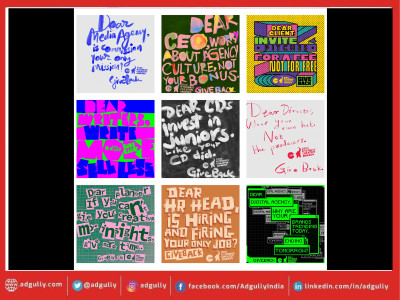
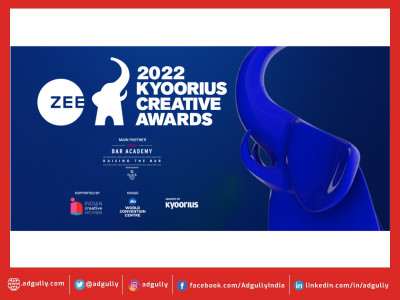
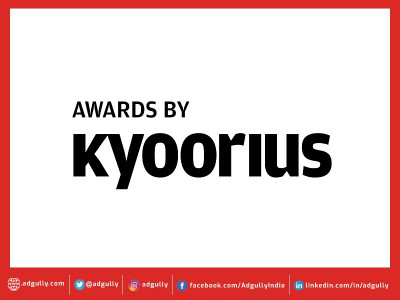
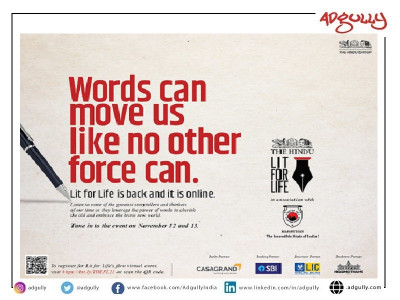
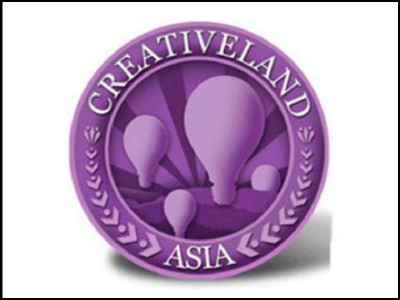
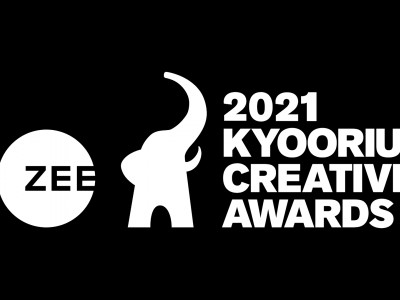
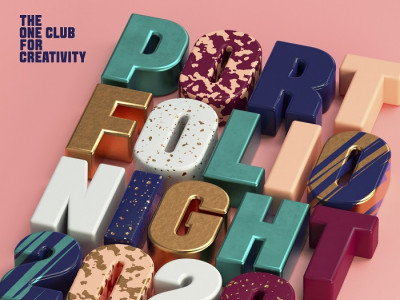
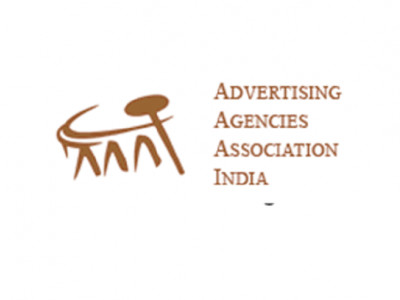
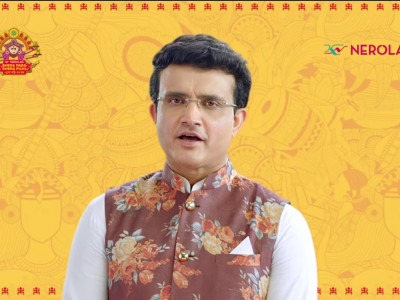

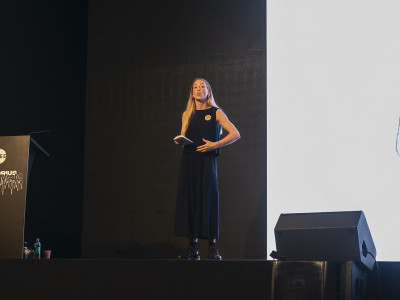
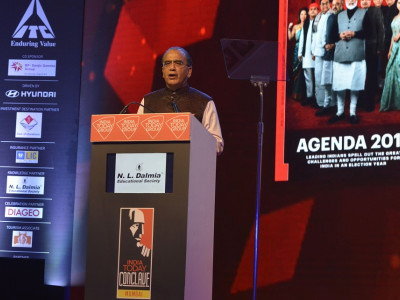

Share
Facebook
YouTube
Tweet
Twitter
LinkedIn